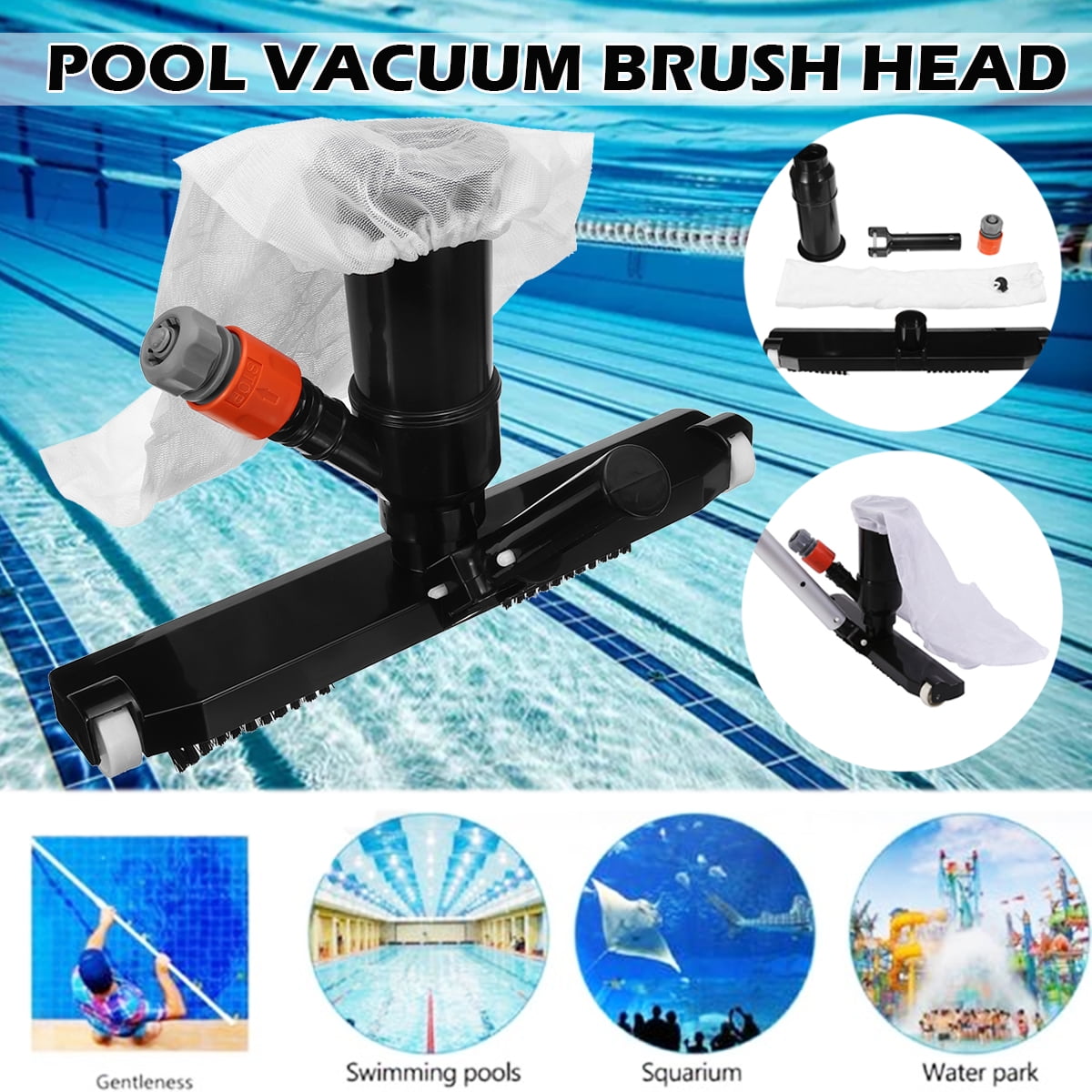

These commands take time, and in severe cases, an administrator has to manually decide which repair operation must be performed. Traditional file systems need to run algorithms that check and repair the data like fsck(8).
#OPENZFS SCRUB ALL POOLS ARCHIVE#
This is even worse when the data has not been accessed for a long time, as with long term archive storage. For example, a mirror with two disks where one drive is starting to malfunction and cannot properly store the data any more. This feature will automatically repair data whose checksum does not match the one recorded on another device that is part of the storage pool. The checksums stored with data blocks enable the file system to self-heal. Scan: resilvered 781M in 0h0m with 0 errors on Mon Jun 2 14:52:38 2014 The pool to continue functioning in a degraded state.Īction: Attach the missing device and online it using 'zpool online'.

Status: One or more devices could not be opened. Scan: resilvered 781M in 0h0m with 0 errors on Mon Jun 2 14:21:52 2014 Scan: resilver in progress since Mon Jun 2 14:21:35 2014Ħ04M scanned out of 781M at 46.5M/s, 0h0m to go # gpart bootcode -b /boot/pmbr -p /boot/gptzfsboot -i 1 ada2 # zpool status
#OPENZFS SCRUB ALL POOLS CODE#
If you boot from pool 'zroot', you may need to updateīoot code on newly attached disk 'ada2p3'. Scan: resilvered 781M in 0h0m with 0 errors on Fri May 30 08:15:58 2014 Scan: resilver in progress since Fri May 30 08:19:19 2014ĥ27M scanned out of 781M at 47.9M/s, 0h0m to go The pool willĬontinue to function, possibly in a degraded state.Īction: Wait for the resilver to complete. Status: One or more devices is currently being resilvered.

# gpart bootcode -b /boot/pmbr -p /boot/gptzfsboot -i 1 ada1 Gpart bootcode -b /boot/pmbr -p /boot/gptzfsboot -i 1 da0 Īssuming you use GPT partitioning and 'da0' is your new boot disk If you boot from pool 'mypool', you may need to updateīoot code on newly attached disk 'ada1p3'. Make sure to wait until resilver is done before rebooting. ZFS also has a number of different properties that can be applied to each file system, giving many advantages to creating a number of different file systems and datasets rather than a single monolithic file system. This new space is then made available to all of the file systems. One of the biggest advantages to ZFS’s awareness of the physical layout of the disks is that existing file systems can be grown automatically when additional disks are added to the pool. ZFS’s combination of the volume manager and the file system solves this and allows the creation of many file systems all sharing a pool of available storage.
#OPENZFS SCRUB ALL POOLS SOFTWARE#
Even in the case of software RAID solutions like those provided by GEOM, the UFS file system living on top of the RAID transform believed that it was dealing with a single device. In a traditional hardware RAID configuration, this problem was avoided by presenting the operating system with a single logical disk made up of the space provided by a number of physical disks, on top of which the operating system placed a file system. If there were two disks then two separate file systems would have to be created. Traditional file systems could only be created on a single disk at a time. The file system is now aware of the underlying structure of the disks. Combining the traditionally separate roles of volume manager and file system provides ZFS with unique advantages. ZFS is significantly different from any previous file system because it is more than just a file system.


 0 kommentar(er)
0 kommentar(er)
